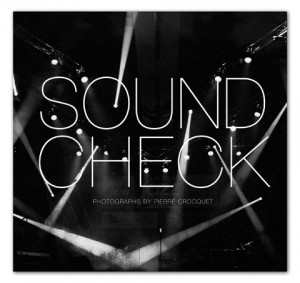 Original article written by Chris Huff of Behind the Mixer
Original article written by Chris Huff of Behind the Mixer
Here are four ways any band can work towards moving up to the next level
1. Listen closely to professional recordings of the song and take detailed notes.
What instruments are used? When are they used? How are they used? What changes in the vocals from one verse to the next? By examining a song, you’ll have the start of a plan for arranging your version of the song.
2. Review your choice of instruments.
Yes, you may have a kick drum but what if a song only incorporated the cymbols? Two guitars playing rhythm might sound nice at first, but you can add color and depth when one of those guitars plays in a different octave and / or different chord voicings. Maybe it’s time to add a bass player. Does the drummer have a djembe they could play?
3. Don’t play all instruments all the time.
Any band can easily fall into this trap. Usually, the song starts with a good opening arrangement but by the time it’s the second verse, everyone’s playing. Instruments can drop out for a passage. Guitarists can play at half-speed for a passage. And for something totally off the wall – if you have strong vocalist, don’t play an instruments at all for a passage!
4. Talk with the sound guy.
For instance, you’ve got a new song arrangement that you think is great — play it and ask the sound guy what he or she thinks. Working on a sound team requires knowledge of both science and the art of music. You might find out that you need to add space in your mix because of too many instruments crowded around the same frequencies. You might find out that your killer bass riff idea is being covered up by the drum arrangement. The sound guy isn’t passing judgment on your arrangement; they are helping you with your arrangement.


